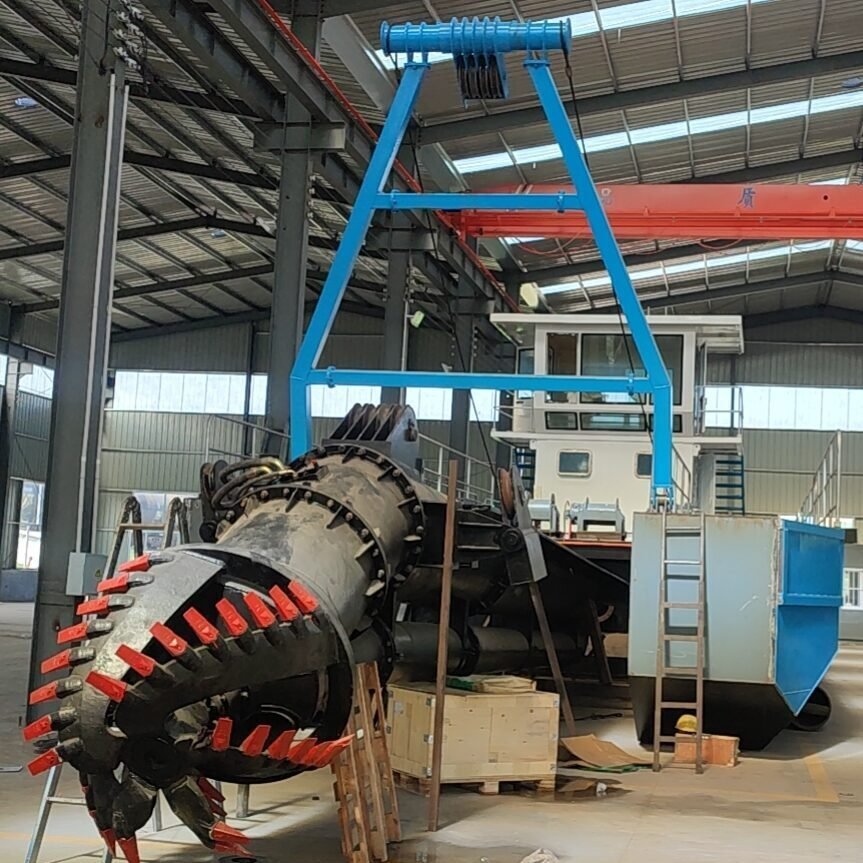
Keywords: Environmental Dredging, Sustainable Dredging Practices
Introduction to Environmental Considerations in Dredging
Dredging is essential for maintaining waterways, reclaiming land, and supporting various construction and mining activities. However, dredging operations can have significant environmental impacts if not managed properly. As awareness of environmental issues grows, there is increasing emphasis on sustainable dredging practices that minimize harm to ecosystems and promote long-term environmental stewardship. This article will explore the environmental considerations in dredging and outline best practices for conducting sustainable and responsible dredging operations.
The Environmental Impact of Dredging
Dredging can affect the environment in several ways, including habitat destruction, water quality degradation, and disruption of aquatic life. Understanding these impacts is the first step toward developing and implementing sustainable dredging practices.
- Habitat Destruction: Dredging often involves the removal of sediment and vegetation from the seabed or riverbed, which can destroy habitats for fish, invertebrates, and other aquatic organisms. This loss of habitat can lead to a decline in biodiversity and disrupt local ecosystems.
- Water Quality Degradation: Dredging operations can release suspended sediments and pollutants into the water column, reducing water quality and affecting the health of aquatic life. Increased turbidity can smother coral reefs, seagrass beds, and other sensitive habitats.
- Disruption of Aquatic Life: Dredging can also disrupt the behavior and reproductive cycles of aquatic life. The noise, vibration, and movement of dredging equipment can disturb fish and other organisms, leading to changes in feeding, migration, and spawning patterns.
Best Practices for Sustainable Dredging
To mitigate the environmental impacts of dredging, it is important to adopt best practices that promote sustainability and environmental protection. These practices focus on minimizing habitat destruction, protecting water quality, and reducing the disruption of aquatic life.
- Pre-Dredging Environmental Assessments: Conducting thorough environmental assessments before starting a dredging project is essential for identifying potential impacts and developing mitigation strategies. These assessments should include studies of local ecosystems, water quality, and sediment composition. The results can inform the design of the dredging operation to minimize environmental harm.
- Selective Dredging Techniques: Selective dredging techniques allow operators to target specific areas or materials, reducing the overall impact on the environment. For example, using a precision dredger with GPS guidance can help avoid sensitive habitats and limit disturbance to non-target areas.
- Sediment Management: Proper sediment management is crucial for protecting water quality during dredging operations. This includes using silt curtains, sediment traps, and other containment measures to prevent the spread of suspended sediments. Additionally, operators should monitor water quality throughout the dredging process and adjust operations as needed to minimize turbidity and pollution.
- Noise and Vibration Control: Reducing noise and vibration from dredging equipment can help minimize the disruption of aquatic life. This can be achieved by using quieter equipment, limiting the hours of operation, and implementing sound barriers where necessary.
Innovative Solutions for Sustainable Dredging
As the demand for environmentally responsible dredging grows, new technologies and approaches are being developed to enhance sustainability. These innovations offer promising solutions for reducing the environmental impact of dredging operations.
- Eco-Friendly Dredgers: Some manufacturers are developing dredgers specifically designed for environmental protection. These eco-friendly dredgers feature advanced sediment control systems, biodegradable hydraulic fluids, and energy-efficient engines. They are ideal for projects in sensitive environments where minimizing environmental impact is a priority.
- Dredged Material Reuse: Reusing dredged material is an effective way to reduce waste and promote sustainability. Dredged sediments can be repurposed for land reclamation, beach nourishment, or as construction materials. By finding beneficial uses for dredged material, operators can reduce the need for disposal and contribute to resource conservation.
- Integrated Environmental Monitoring Systems: Modern dredging operations increasingly use integrated environmental monitoring systems to track and manage the impact of their activities. These systems combine data from sensors, satellites, and other sources to provide real-time information on water quality, sediment dispersion, and ecosystem health. This data allows operators to make informed decisions and adjust operations to minimize environmental impact.
Conclusion: The Path to Sustainable Dredging
Environmental considerations are critical in the planning and execution of dredging projects. By adopting best practices and embracing innovative solutions, dredging operators can minimize their environmental footprint and contribute to the long-term health of aquatic ecosystems. Sustainable dredging is not only beneficial for the environment but also for the communities and industries that rely on healthy waterways. As the industry continues to evolve, the focus on sustainability will only become more important, ensuring that dredging can be carried out in a way that supports both economic development and environmental stewardship.

No responses yet